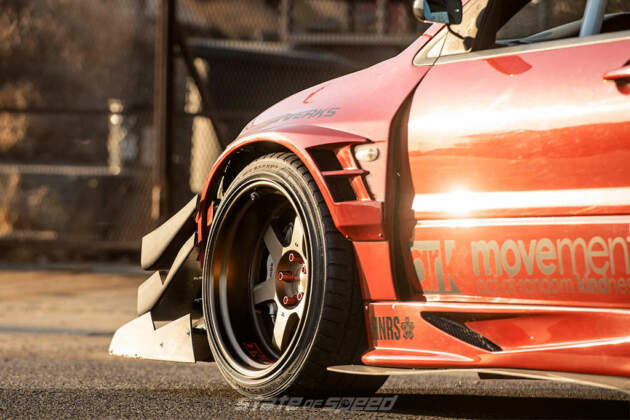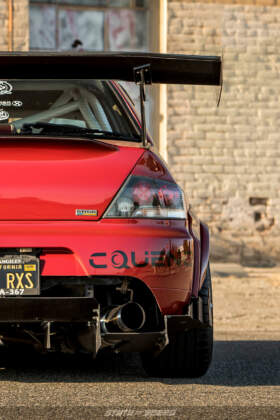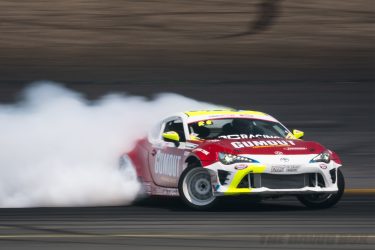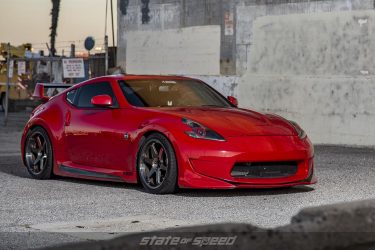Evolution: A History of Mitsubishi’s Ultimate Lancer
Though Mitsubishi’s current US product line has dwindled to a current state of just two crossovers and two sedans, there was a time when they loomed large in the tuner scene. Gathering momentum in the 1980s with a “Turbo all the things!” phase that led to the legendary 4G63 turbo powerplant, Mitsubishi went from strength to strength for the next two decades with cars that were on the cutting edge of technology and performance. A partnership with Chrysler led to the original DSM triplets, and when that relationship ended on a more or less amicable note, Mitsubishi built on their reputation in the American market with reliable, powerful, and desirable cars designed around the foundation established during those heady days. One of the major high points of Mitsubishi’s performance era was the long-running Evolution line of high-performance Lancer models, and we’re here today to take a look back on each generation from one to ten.


Photo Credit: Ben via Flickr
EVOLUTION I
Mitsubishi had twigged to the concept of an all-wheel-drive sedan with the Galant VR-4, which made its debut in 1988 in the platform’s sixth generation and continued through the eighth gen in 2002. Originally built as a homologation special for Group A rally competition, just over 3,000 would reach the US as 1991 and 1992 model year cars rated at 195 horsepower and 203 peak pound-feet of torque.
…in 1992 the first Mitsubishi Lancer Evolution models were introduced, carrying over the Galant VR-4 drivetrain.
While the Galant provided a toehold for Mitsubishi into WRC competition, it became clear that the smaller, lighter Lancer platform made more sense for race duty, and in 1992 the first Mitsubishi Lancer Evolution models were introduced, carrying over the Galant VR-4 drivetrain. The now-iconic 4G63 turbo inline four 2-liter engine was tuned to deliver 244 peak horsepower and 228 pound-feet of peak torque.
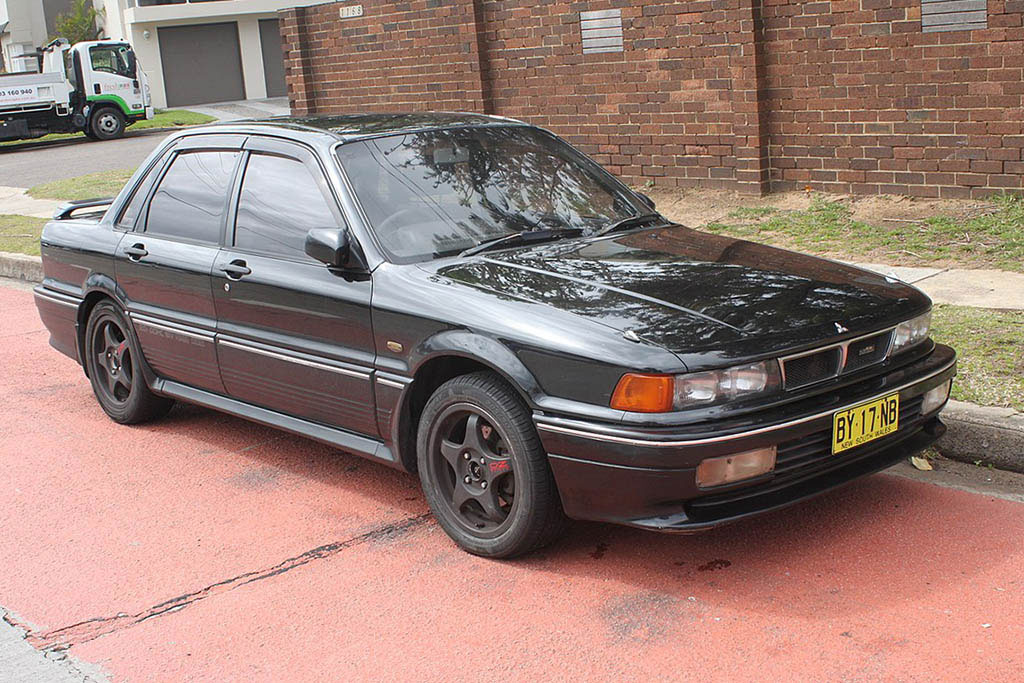
Photo Credit: Jeremy via Wikimedia Commons
Two models were offered for public sale; the RS, which omitted convenience features like power windows and seats as well as anti-lock brakes (which would be disabled by those converting the cars to race duty anyway), and the more street-focused GSR. Another important difference was the rear differential – GSR models received a viscous coupling that progressively reduced slip between the rear axles in response to different rotational speed, while the RS came with a clutch-type limited slip differential (LSD) that became standard for future Evo RS models.
A look at vintage brochures from the era shows that it was quite common for Japanese domestic model new vehicles to be advertised and sold with inexpensive steel wheels and generic tires, as it was understood that buyers would immediately replace them with the aftermarket rolling stock they preferred, and the Evo I RS is no exception.

Photo Credit: Kylie & Rob (and Helen) via Flickr
EVOLUTION II
For the 1994 model year, the Lancer Evolution got minor updates to its suspension and bodywork, as well as a bump in output from the 4G63 to 252 peak horsepower. Both the wheelbase and curb weight crept up by small increments, but for the most part things remained as they had been before, save for the substitution of a clutch LSD for the viscous unit across all Evo models.

Photo Credit: Ben via Flickr
EVOLUTION III
More meaningful changes for the Evolution came in early 1995 with the Evo III – though still based on the 5th gen Lancer platform, chassis stiffness was increased by a claimed 20 percent and functional changes to the bodywork improved the efficiency of brake cooling and airflow to the intercooler. The new Evo also received a redesigned rear wing incorporating a reshaped “wickerbill” trailing edge and new end plates, increasing downforce.
Most significant, though, were the changes to the 4G63 engine. The compression ratio was bumped up to 9.0:1, and the turbocharger gained a larger 68mm compressor wheel in place of the previous 60mm unit. Advertised horsepower rose to 266, and in order to homologate a new anti-lag system for competition use in Group A rally racing, production models gained a secondary air supply system that was inactive but still present.
EVOLUTION IV
With the introduction of the 6th generation Lancer platform for 1996, an all-new Evo model was developed as well. Though the turbocharged 4G63 was retained, the transverse engine layout was completely flipped, going from the clutch on the right side of the car and the timing belt and accessories mounted on the left to the exact opposite arrangement. Flow across the cylinder head remained the same relative to the engine bay; both the III and IV had the intake manifold next to the firewall, and the exhaust and turbo mounted to the front.

Also on the menu was a new twin-scroll turbocharger and more horsepower (276 ‘at the brochure’), but as before, the RS was more race-focused with a helical front limited slip differential and closer gear ratios in the manual 5-speed gearbox than the GSR. The Evo IV also received a very distinctive front clip with large, round fog lights that made it easily recognizable from its predecessors.

Photo Credit: terrtic via Wikimedia Commons
EVOLUTION V
Changes to the Evo continued at a furious pace; in 1997 the “World Rally Car” class was introduced to the competition rulebook, following Group A specs but dropping the homologation requirements, which influenced the design of the fifth-gen Evo that began production in 1998. Still based on gen six Lancer architecture, the new Evo’s bodywork was wider to accommodate additional wheel offset and an increased track width, along with larger-diameter 17 inch wheels and upgraded Brembo Brakes.
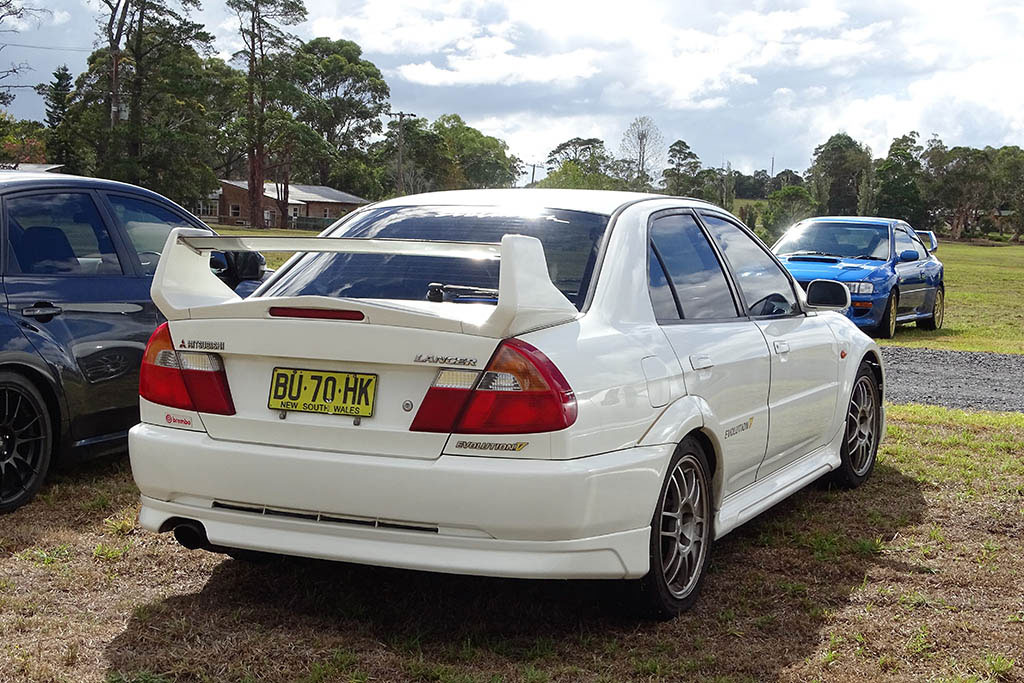
Higher-capacity fuel injectors, lighter low-drag “slipper” pistons, ECU hardware changes to allow flash tuning, and another revision to the turbo led to an increased official peak torque figure of 275 pound-feet (up from 261) for the 4G63, but quoted horsepower remained at 276, as this was the maximum Japanese manufacturers had agreed among themselves to admit to. This bit of fiction, referred to as the “gentlemen’s agreement,” had come about as an attempt to prevent a horsepower arms race on the one hand, and negative public sentiment from ‘overpowered’ cars being advertised on the other. In truth, all the gentlemen were sandbagging, and any car from this era quoted at 276 crank horsepower could be depended on to produce more (and sometimes MUCH more) straight off the showroom floor.

Photo Credit: Curimedia via Wikimedia Commons
EVOLUTION VI
For the 1999 model year, the Evo received yet another bodywork revision – the enormous fog lights of the IV and V were downsized and moved farther apart to free up more real estate for brake and intercooler ducting, and a larger charge air cooler core as well as an upsized oil cooler were fitted. Quoted horsepower and torque remained the same, though the turbo received a titanium-aluminide turbine wheel in the RS model, reducing rotational inertia and thereby minimizing lag a tiny bit.
In addition to the stalwart RS and GSR models, the RS2 split the difference a bit by up-optioning with selected GSR bits, a limited-edition RS Sprint tuned by the UK Ralliart company was created with a marginally lower curb weight than the RS and a claimed (and probably accurate) 330 horsepower rating, and both RS and GSR Evo VI models were available in “Tommi Mäkinen Edition” trim with unique front bumpers, other cosmetic touches, lower ride height, and the RS’ exotic turbine wheel as standard equipment in the GSR as well.
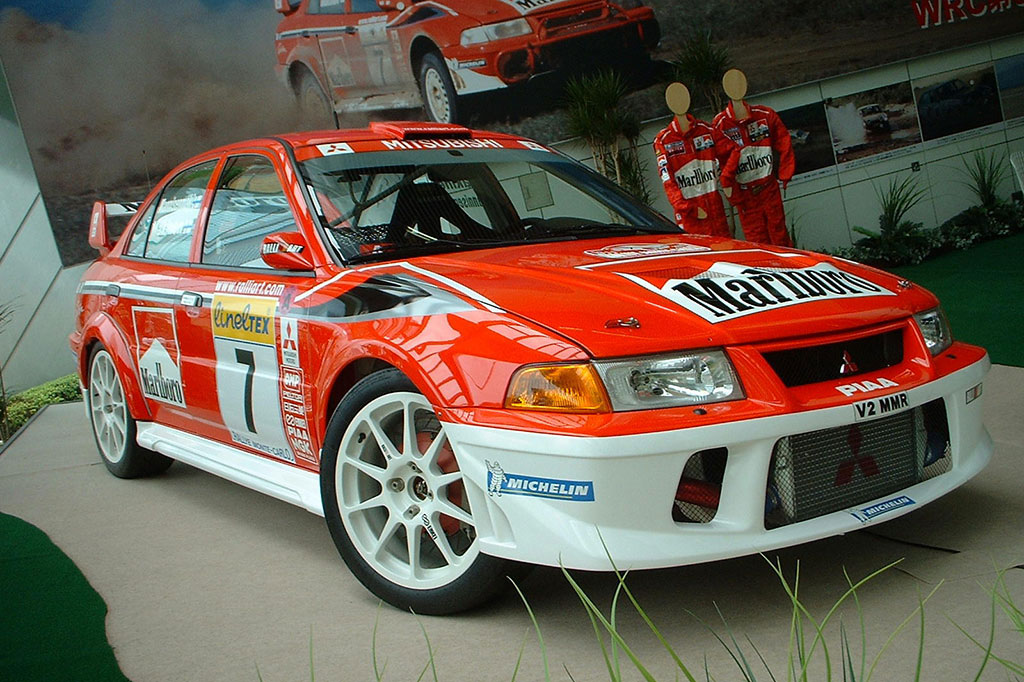
Photo Credit: 100yen via Wikimedia Commons
This generation marked an important turning point for the Evo, as Mitsubishi dipped its toe into the international market with the Ralliart version – rather than being a strictly JDM car, the company would begin to directly court overseas buyers who had previously been limited to grey market imports.
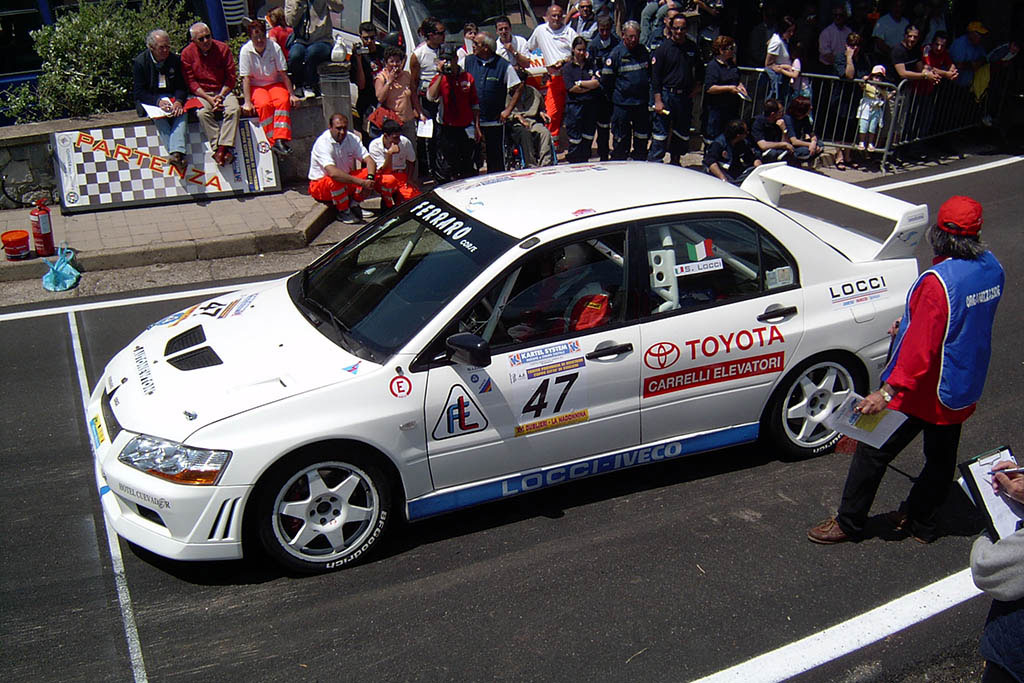
EVOLUTION VII
The new millennium and a new seventh-gen Lancer platform begat another update to the Evo for 2001 – larger and heavier than the previous iterations, it was also more rigid with stronger sheetmetal and additional bracing, plus seam welding and additional spot welds in critical areas. Attention was paid to weight reduction in places where strength wasn’t critical, so the overall increase was less than 45 kilos.
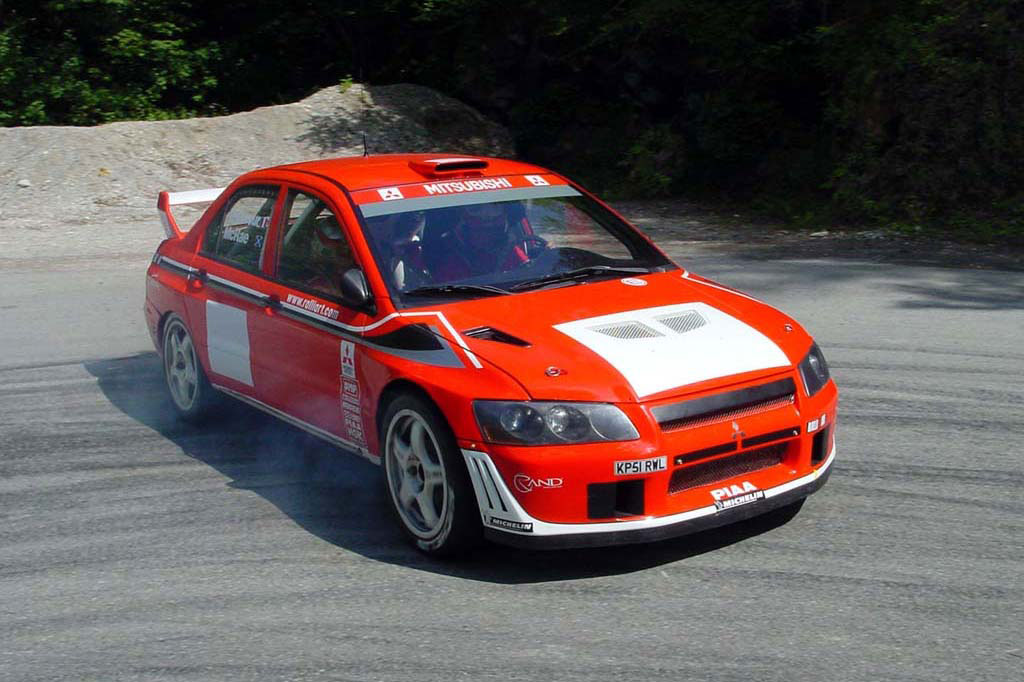
The 4G63 powerplant received improved intake geometry in both the head and manifold, a bigger intercooler core and reduced exhaust backpressure, and a slightly smaller (and therefore faster-spooling) turbine housing, which pushed quoted peak torque up another 11 pound-feet to 283, but (you guessed it) horsepower stayed at a claimed 276. A sophisticated electric/hydraulic actuated multiplate clutch-type center differential replaced the previous viscous coupling, and the RS version got the computer-controlled Automatic Yaw Control that had previously been found in the GSR in place of a clutch LSD in the rear, as well as “sports ABS.”
For 2002 only, an automatic transmission equipped GSR-A model was available, which was intended as a distinctive and more-refined ‘Grand Touring’ Evo.
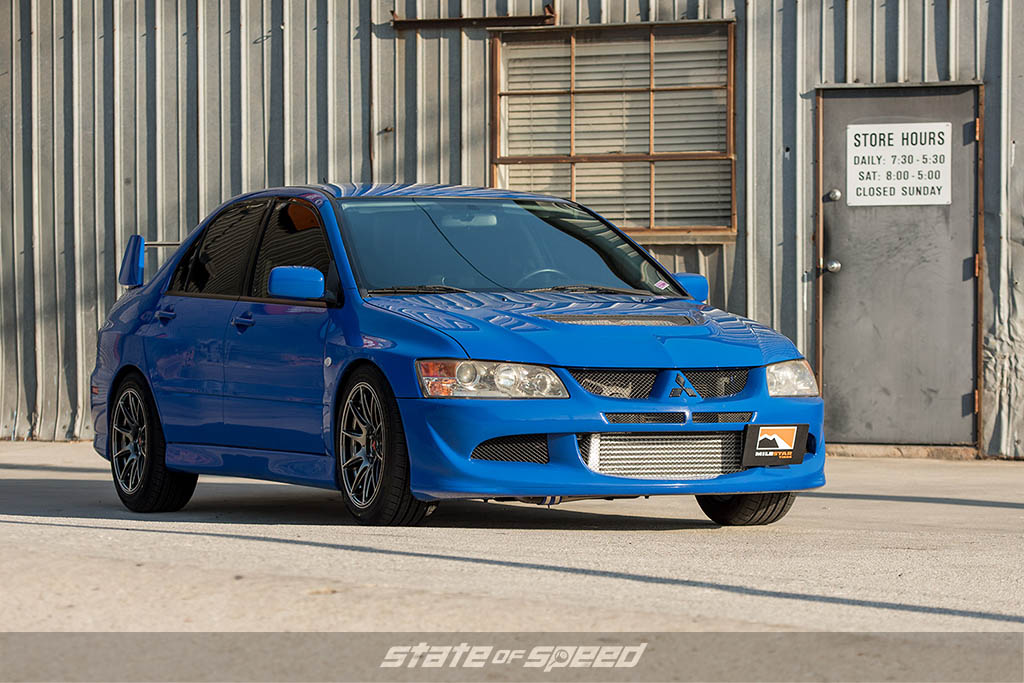
Tires: MS932 Sport
EVOLUTION VIII
For the 2003 model year, the big news for the Evo (at least for American fans, who had been lusting after the cars for years thanks to video games and a certain movie franchise utilizing them as ‘hero cars’) was that the car was finally coming to US showrooms. Spurred, in part, by the success Subaru was seeing with the USDM WRX, Mitsubishi went to the trouble and expense of “federalizing” the Evo VIII. Unfortunately, the Evo America got was in some ways watered-down, with an SAE-tested 271 horsepower from the detuned and emissions-compliant 4G63, and no active yaw control, among a plethora of other differences.

Tires: MS932 Sport
The RS and GSR models persisted, with JDM RS versions available with an optional 6-speed manual transmission and MR-spec versions of both with aluminum roof panels, cosmetic changes, and minor aero, interior, and functional upgrades. The 2005 MR GSR finally brought the 6MT option to US buyers, just in time for the generation to be replaced with the next.

Unfortunately, the Evo America got was in some ways watered-down…

Tires: MS932 XP+
EVOLUTION IX
Evolution number nine (with apologies to the Beatles) was first shown to the public in early 2005 as a 2006 model. Still built on the gen 7 Lancer platform, the polite fiction of the “gentlemen’s agreement” was finally dispensed with, and Mitsubishi announced crankshaft numbers of 287 horsepower and 289 pound-feet of torque from the mildly-reworked 4G63 thanks to an updated turbocharger and MIVEC variable valve timing on the intake camshaft.
In Japan, buyers had the choice of RS, GT, and GSR trim, with MR versions of the former and latter, while the GT split the difference between the stripped-down, race-ready configuration of the RS and the more street-oriented GSR. A relative handful of Evo IX wagons were sold in Japan as well, with the option of a GT-A automatic 5-speed transmission in place of the 6-speed manual in the GT and MR versions.

Tires: MS932 XP+
In the US, there was the standard-spec, the RS with an aluminum roof, radio delete, and stripper interior, the SE that featured aluminum hood, roof, and front fenders plus BBS wheels and other cosmetic distinctions, and the MR, which added a 6-speed manual transmission to the SE plus upgraded suspension dampers from Bilstein, special badging, and of course those distinctive MR “vortex generator” bumps above the back glass.
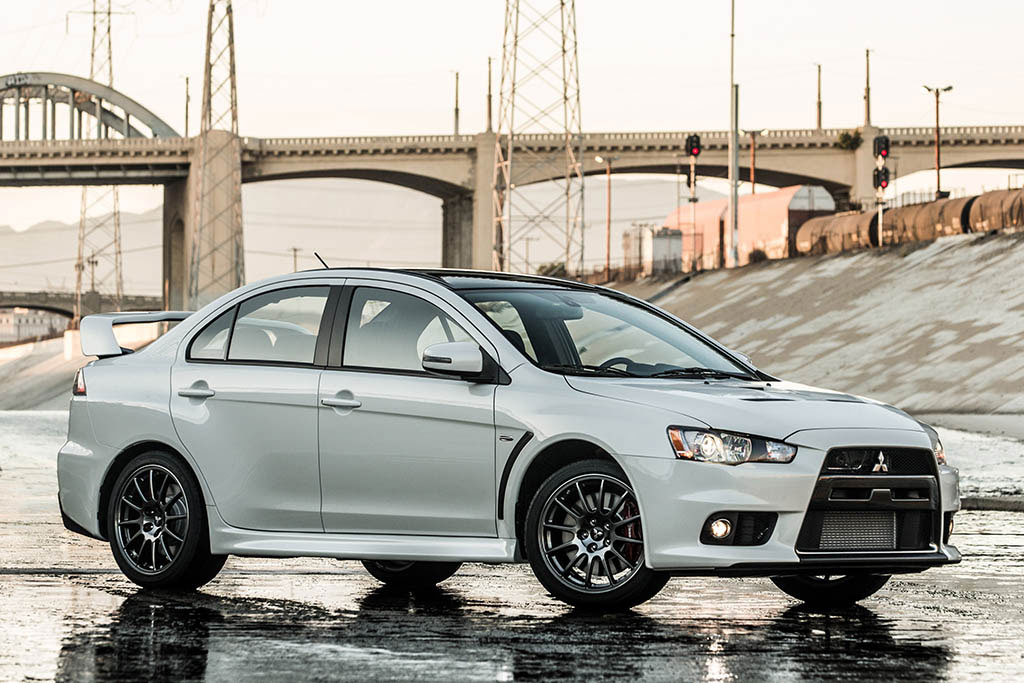
Photo Credit: Mitsubishi
EVOLUTION X
The debut of the gen 8 Lancer also meant a new Evo, and, as it turned out, the end of the line for the model. Beginning production in late 2007, the final Evolution marked a radical change under the hood – gone was the tried and true 4G63, replaced by its successor across Mitsubishi’s product line, the 4B11. Once again nominally rated at 276 horsepower in the home market, in the US this new 2-liter turbo was advertised with 287 peak horses and 300 pound-feet at its introduction, a straight replacement for the outgoing engine, but with all-aluminum construction instead of the cast iron block topped by an alloy head that characterized the 4G63. The engine gained variable timing on both the intake and exhaust cams, and switched to a chain drive for the valvetrain instead of the previous belt. The new engine also moved to an “open deck” design to simplify production of the block, at the expense of losing a bit of the cylinder bore stability that made the previous powerplant capable of handling a truly irresponsible level of abuse.
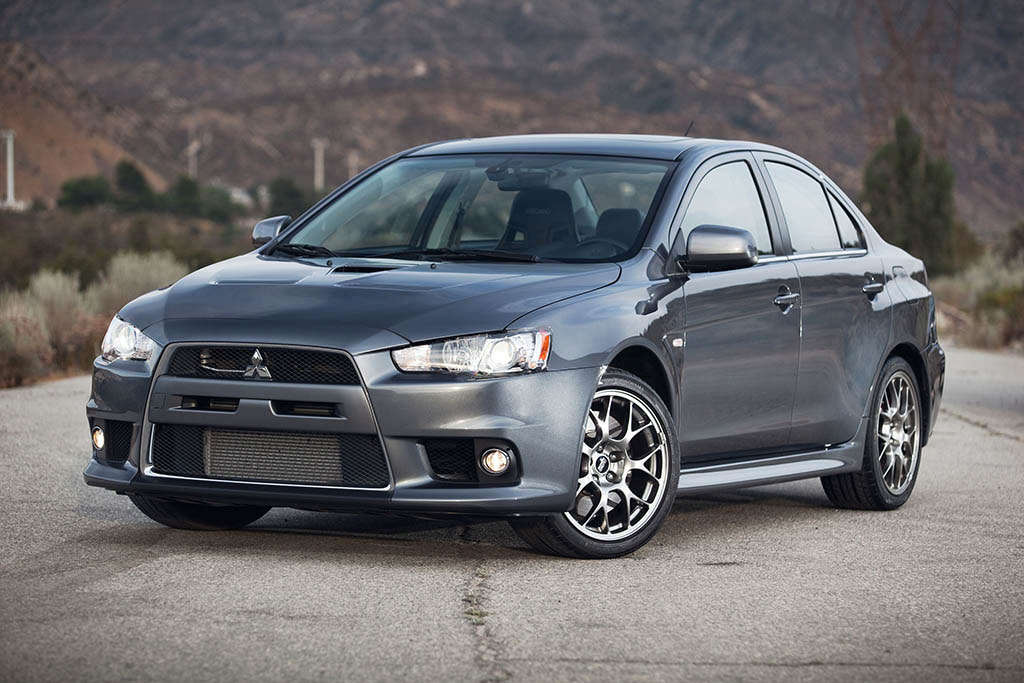
Photo Credit: Mitsubishi
In the US, the X received a 6-speed twin-clutch “Sportronic Shift Transmission” in MR trim, while GSR-spec cars retained the 5-speed manual. The Evolution got a fitting sendoff in 2015 with a Final Edition, uprated to 303 horsepower, but by the end the car was selling slowly in the US market, thanks in no small part to the $40k MSRP for a car that belonged to a better, bygone age of performance.
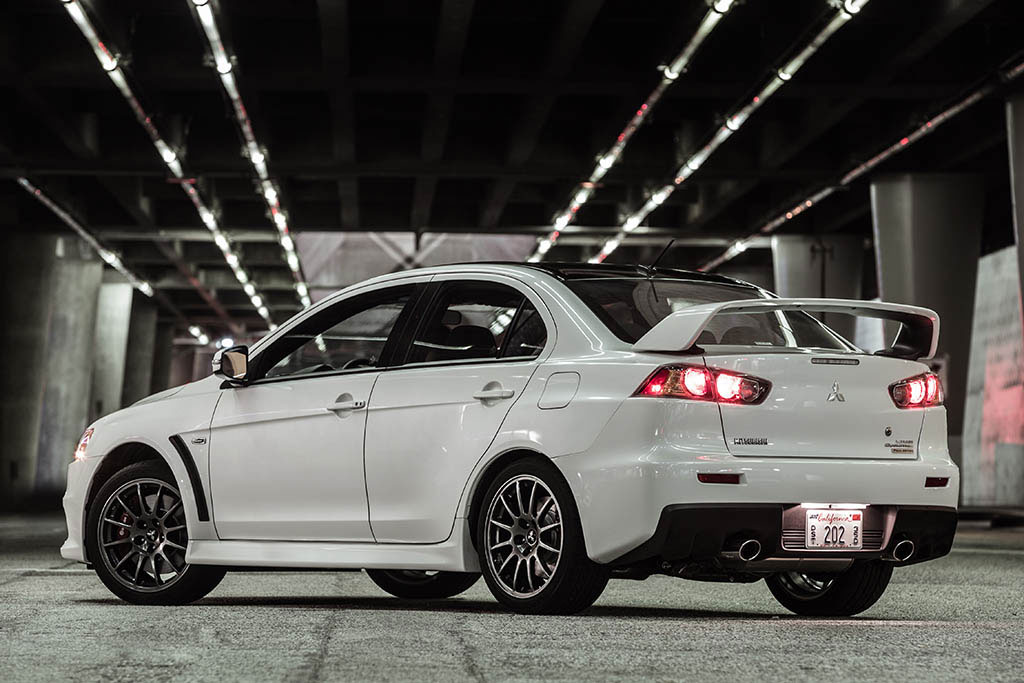
Photo Credit: Mitsubishi
Today, it’s up for debate whether Mitsubishi has a future in the US personal vehicle market, and the existing slate of aggressively meh cars and crossovers in dealerships is a far cry from the glory days of the past. Still, nothing can dim the reputation of the Mitsubishi Evolution, which remained as an icon of high-tech performance across ten generations.



